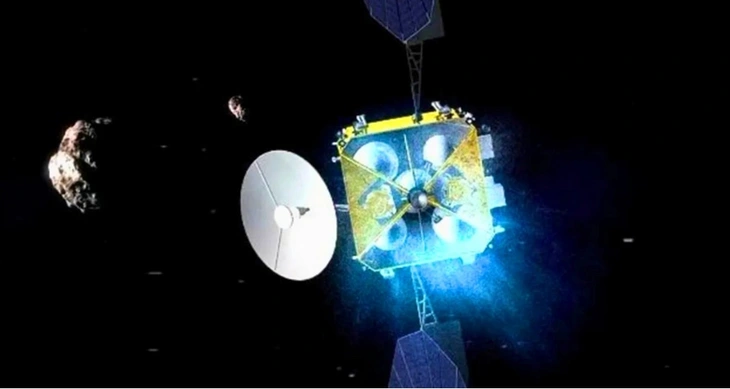
Simulated image of Tianwen-2 approaching asteroid 2016HO3 near Earth - Photo: CNSA
On May 29, China launched the Tianwen-2 spacecraft from the Xichang Satellite Launch Center in Sichuan Province on a Long March-3B carrier rocket. About 18 minutes later, the China National Space Administration (CNSA) announced that Tianwen-2 had entered the transition orbit from Earth to asteroid 2016HO3.
"The spacecraft successfully deployed its solar panels and CNSA declared the launch a success," Xinhua wrote.
The Tianwen-2 mission aims to achieve multiple goals during its decade-long expedition: collecting samples from the near-Earth asteroid 2016HO3 and exploring the main-belt comet 311P beyond Mars.
After collecting samples from 2016HO3, the spacecraft will return to Earth to separate the sample compartment and send it back to Earth. CNSA is expected to receive these samples by the end of 2027. Tianwen-2 will then head to 311P, which is further away.
Despite the long mission and many risks, CNSA still expects Tianwen-2 to bring groundbreaking discoveries about the formation and evolution of asteroids and the early Solar System, as well as expand humanity's knowledge of the universe.
Asteroid 2016HO3 is considered a "quasi-satellite" of Earth because it orbits the Sun and appears to also orbit Earth. Discovered by scientists in Hawaii in 2016, this asteroid is about 40 - 100m in diameter.
2016HO3 is also known as a "living fossil" with ancient materials that can help scientists understand how the early Solar System formed.
The second target, 311P, is a strange object in the main asteroid belt between Mars and Jupiter that occasionally spews material and looks like a comet with a tail. The discovery challenges astronomers’ conventional understanding of comets because the region is too close to the Sun for comets to retain volatile materials.
On the scientific side, the Tianwen-2 mission focuses on measuring the physical parameters of the two targets, including their size, shape, heat, rotation, orbital dynamics, as well as their topography, composition and internal structure.
Once the samples are returned to Earth, CNSA will perform laboratory analyses to determine their physical properties, chemical and mineral composition, and structural characteristics.
Source: https://tuoitre.vn/trung-quoc-phong-tau-lay-mau-vat-tieu-hanh-tinh-hoa-thach-song-ve-trai-dat-20250530102729274.htm

















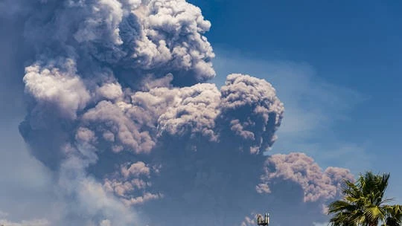






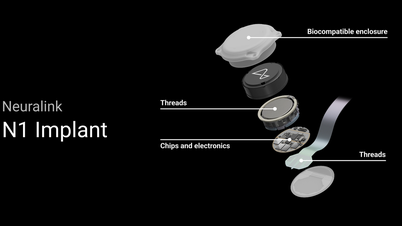

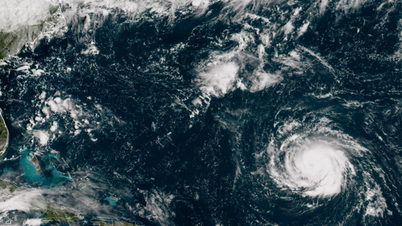











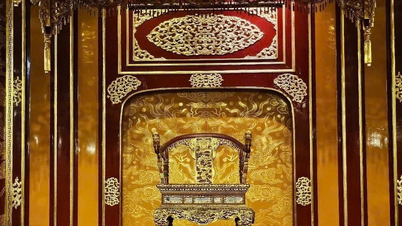
















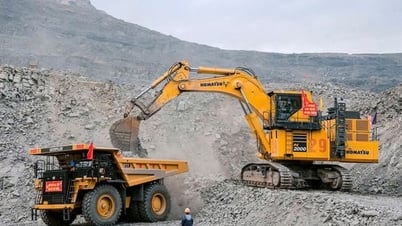












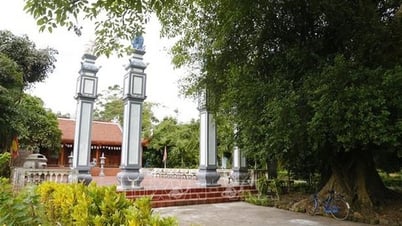





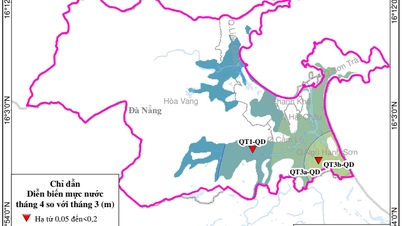


















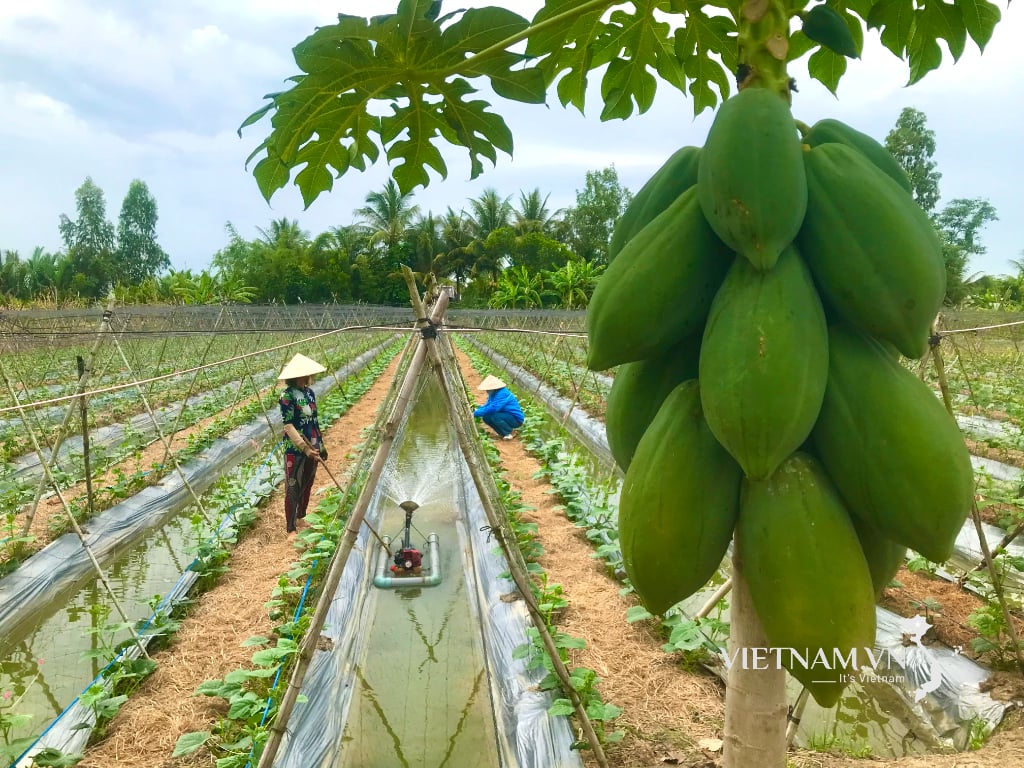

Comment (0)